It’s a new age of health-conscious consumers and plant-based milk alternatives are all the rage. Almond milk, reigning supreme in the market, has captured the hearts of many with its creamy texture and nutty flavor. But the question lingers, as it often does amidst such consumer trends: Is almond milk really as good for you and the environment as it’s made out to be?
In this age of heightened environmental awareness, we must critically assess our choices. The dairy alternative industry, despite its health and ethical appeals, is not devoid of environmental impact. Here, we shall delve deep into the almond milk phenomenon, scrutinizing its nutritional value and its effects on our planet.
It’s time to reassess and ask ourselves: Does the environmental impact of almond milk dampen its health benefits? The answer may surprise you. But before we jump into the deets, let’s start with the basics and explain what almond milk actually is.
Let’s say you’re wandering around the dairy aisle of your local grocery store, and your eyes are drawn to the ever-growing section dedicated to plant-based milk substitutes, prominently featuring almond milk. Have you ever wondered, what exactly is almond milk and how is it created?
Well, almond milk, as the name suggests, is a plant-based milk substitute crafted predominantly from almonds. It’s a tantalizing concoction that’s made by grinding almonds, mixing them with water and then straining the mixture to remove the solids. The product left behind is a smooth, creamy liquid that has a subtle nutty flavor, somewhat reminiscent of the almonds it came from. Almond milk production is as simple as tossing some nuts into a blender with water.
While this process might seem straightforward, and perhaps even eco-friendly considering the lack of cows involved, the reality of commercial almond milk production is a bit more complex and has some surprising implications for our environment. But, we’ll delve into that shortly.
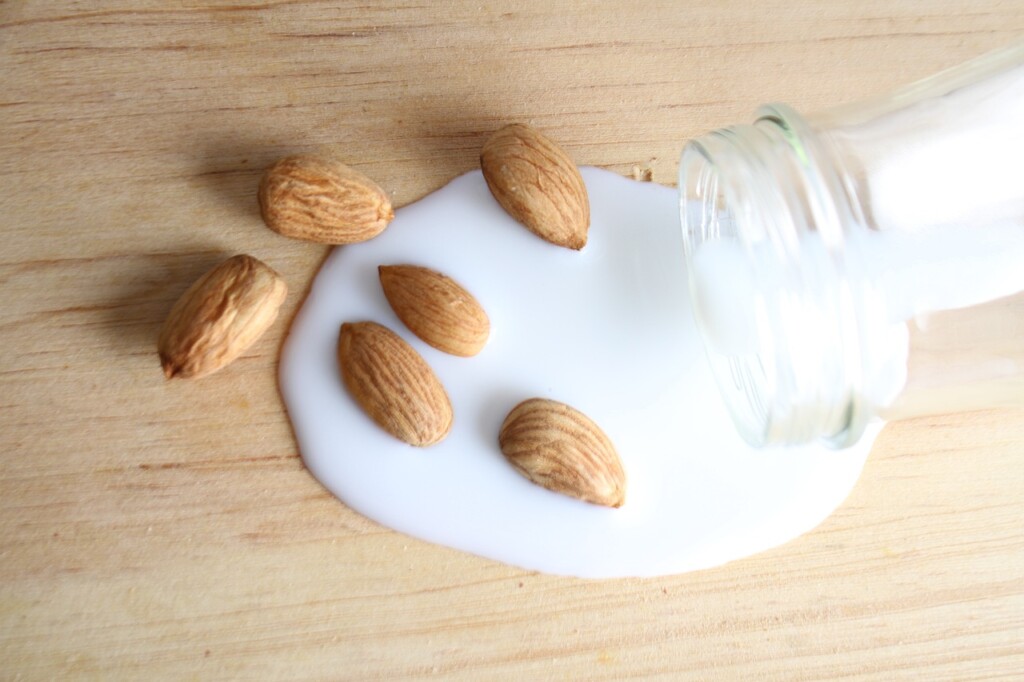
Almond milk, oh what a sensation! This darling of the dairy aisle and stylish coffee shop companion has seen a phenomenal rise in popularity. Almond milk has emerged as America’s preferred alternative to traditional milk, witnessing an astonishing 250% increase in sales over the last half-decade. It’s as if it offers the ideal combination – a nutritious substitute for cow’s milk and a stride towards a greener way of life. But, just like any trend that seems too perfect to be real, shouldn’t we be asking ourselves if it’s time for a more critical examination?
Almond milk is a boon for those looking to cut calorie intake. Unsweetened versions contain as few as 30-50 calories per cup, compared to approximately 150 calories in whole cow’s milk. It’s also virtually devoid of saturated fats, containing less than 1 gram per serving. This makes it a suitable option for individuals focusing on heart health.
Secondly, almond milk is rich in Vitamin E, a powerful antioxidant that supports immune function. A single cup can provide up to 50% of the daily recommended intake. It’s also frequently fortified with vitamins A and D, mimicking some of the nutritional benefits found in cow’s milk.
However, it’s crucial to note that almond milk is not a strong source of protein, offering just 1 gram per cup compared to the 8 grams found in cow’s milk. That said, it can be part of a balanced diet when complemented with other protein sources. Moreover, while it’s low in natural calcium, many commercial varieties are fortified to match or exceed the calcium content in dairy milk—around 300 mg per cup. For those with lactose intolerance or dairy allergies, almond milk provides an easily digestible alternative that lacks the lactose and casein found in cow’s milk.
In essence, while almond milk may have carved out a significant chunk of the market under the halo of health and sustainability, the full story is more nuanced. It’s a healthier alternative in some respects, and its environmental impact is arguably less severe than that of cow’s milk—but neither dimension is as rosy as the marketing might suggest. So, the next time you reach for that carton of almond milk, you might want to ponder not just the nutty, creamy goodness it offers, but also the complex interplay of factors that bring it to your table.
As you sip your morning almond milk latte, you might be under the impression that you’re making a wise choice for both your health and the planet. After all, almond milk is often touted as a sustainable alternative to dairy. However, the reality of almond milk production may surprise you.
💡 A single almond requires 1.1 gallons of water to produce.
That’s right. Almond trees are notoriously thirsty plants. The water-intensive nature of almond farming is truly staggering. Here’s a sobering thought, almost 80% of the world’s almonds are grown in California, a state already grappling with water scarcity issues. To put it into perspective:
| Product | Gallons of Water Needed per Gallon of Product |
|---|---|
| Almond milk | 920 |
| Cow’s milk | 680 |
| Soy milk | 240 |
| Oat milk | 80 |
In comparison, cow’s milk, often slammed for its environmental impact, requires less water. Whereas, soy and oat milk require drastically less.
These statistics offer a stark comparison, forcing us to grapple with our choices as consumers. While almond milk has its merits—low calories, no animal suffering, and high levels of certain vitamins—it’s clear that it poses its own set of environmental challenges. And with climate change exacerbating water scarcity, these numbers are not just static figures but warning signs of a looming crisis.
There are efforts to mitigate the water-intensive nature of almond farming, such as employing water-efficient irrigation systems and soil moisture sensors. However, these solutions can be expensive and are not yet widely adopted across the industry. Likewise, the technology must be incredibly effective to make a substantial dent in the overall water usage figures.
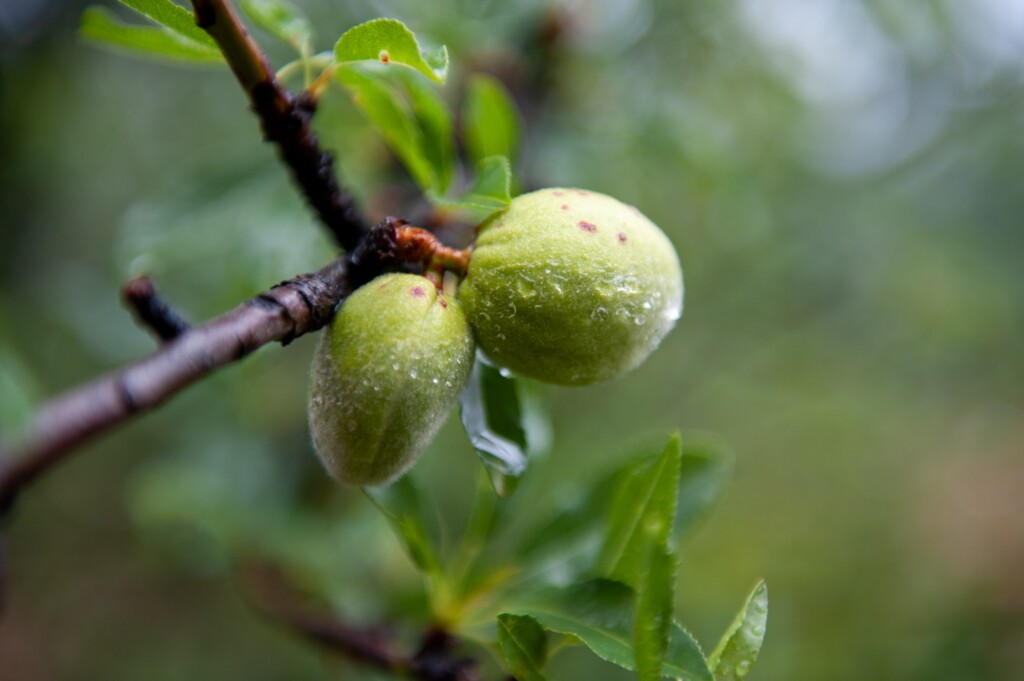
If the bee disappeared off the face of the Earth, man would only have four years left to live.
Maurice Maeterlinck, The Life of the Bee
Almond milk’s popularity may have unforeseen consequences, particularly when it comes to our buzzy little friends—the bees. A key yet often overlooked part of the equation, bees are vital to almond production. Each February, commercial beekeepers from across the U.S. load up their hives and make the trek to California, where 80% of the world’s almonds are grown. The bees are brought in for a massive, synchronized pollination event, without which almond trees can’t produce nuts.
But what seems like a symbiotic relationship has darker undertones. Alarmingly, bees are dying at an unprecedented rate, and almond farms are part of the issue. According to a survey, beekeepers in the United States lost an estimated 24.2% of their managed honey bee colonies during the Winter 2021-2022 season, a significant jump from the year before. Several factors contribute to this loss, including pesticide exposure, the stress of transportation, and the limited diet provided by a monocrop like almonds. We extol the virtues of bees, heralding their role in pollinating not just our food but also the plants that make up natural habitats. Yet, the almond milk industry poses a serious threat to these essential pollinators.
Furthermore, the loss of bees isn’t just an issue for almond growers—it’s an ecosystem-wide problem. Bees play a critical role in pollinating a wide variety of plants, including many other food crops. Their decline could lead to reduced crop yields, impacting food security and increasing costs. Moreover, bees contribute to the health of flowering plants, which in turn provide habitats for countless other species. The ripple effect through ecosystems could be immense.
To mitigate these impacts, some farmers and researchers are working on bee-friendly practices, like reduced pesticide use and creating diverse floral landscapes to support bee health. However, this is still a nascent field, and whether these practices can be scaled to meet the demands of large commercial operations remains to be seen.
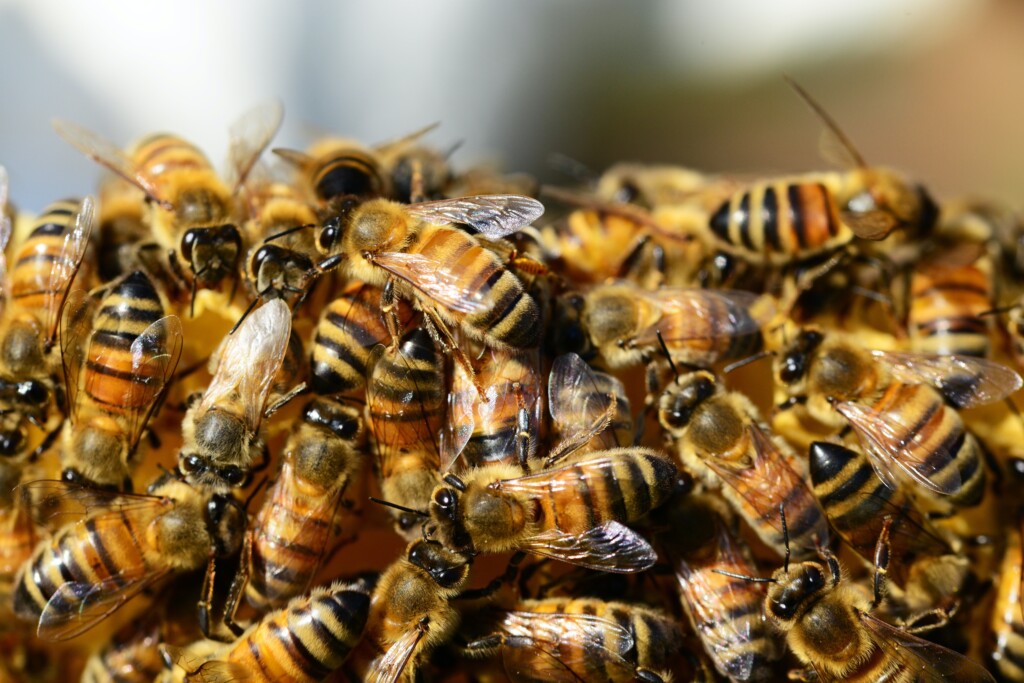
Certainly, the sustainability of plant-based milk is an increasingly important concern. While almond milk continues to be a popular choice, its water-intensive cultivation has led consumers to consider other alternatives. Let’s take a look at some of the most sustainable options based on a study from the University of Oxford published in 2018, which compared various milks’ environmental impacts.
Oat milk has gained significant attention for its low environmental impact. It requires significantly less water and land than almond, cow’s, and soy milk. Plus, oats are largely grown in colder climates, which naturally require less irrigation and pesticides. Also , oat milk’s production uses 80% less land compared to almond and cow’s milk, according to a study by the University of California. The same study highlights that oat milk’s water footprint is nearly 10 times smaller than that of almond milk. These statistics make oat milk an increasingly attractive option for eco-conscious consumers who are mindful of their dietary choices and their global impact.
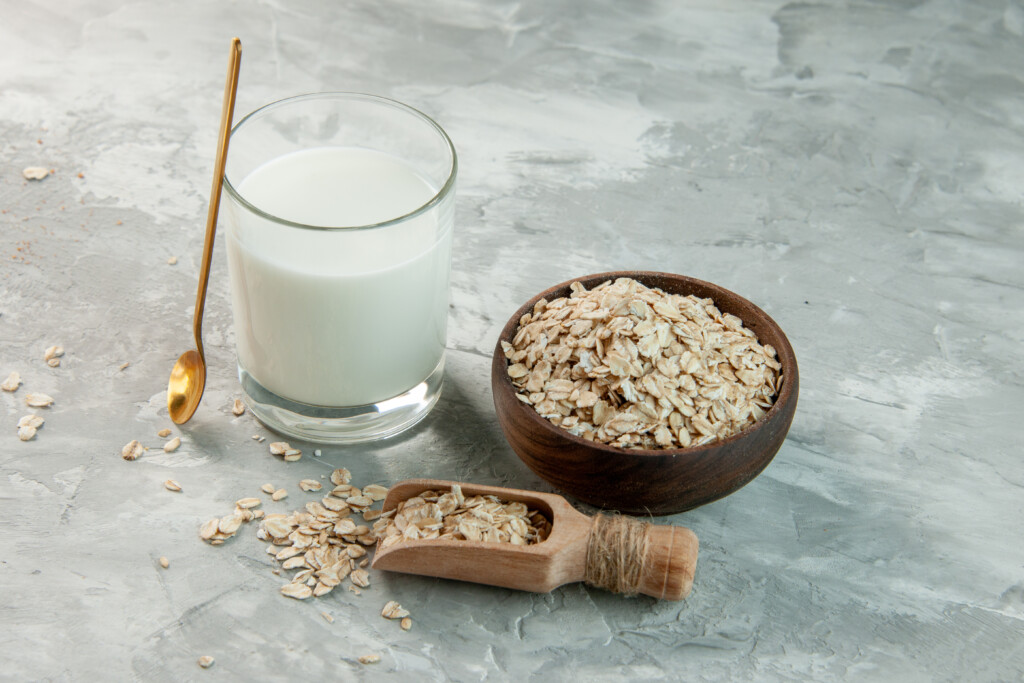
One of the oldest milk substitutes, soy milk is also relatively sustainable. It is rich in protein and generates less CO2 than cow’s milk, according to the same Oxford study. However, it’s worth noting that the vast majority of soybeans are grown using a system that relies on monoculture and can lead to deforestation, particularly in sensitive regions like the Amazon.
Additionally, while soy milk has a lower water footprint than cow’s milk, it still requires more water than oat milk — about 297 gallons per gallon of soy milk according to a study from the Water Footprint Network. This makes it less water-efficient than some other plant-based alternatives. On the upside, soy farming generally requires less synthetic fertilizer than almond farming, which can be a benefit in reducing water pollution.
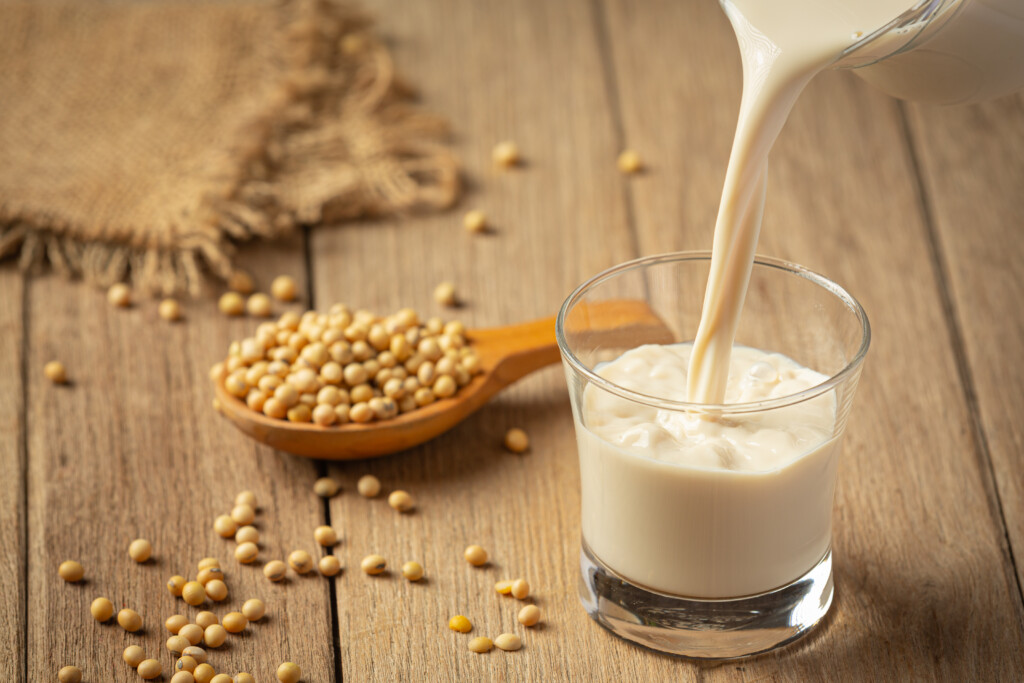
Hemp plants are naturally resistant to pests, reducing the need for harmful pesticides. Additionally, they enrich rather than deplete the soil by shedding their leaves throughout the growing season, creating organic matter. Although hemp milk is less popular, it offers a more sustainable profile.
Equally important, hemp milk has a relatively low water footprint compared to other plant-based and animal milk alternatives. According to a study by the Stockholm International Water Institute, it takes about 50 to 100 gallons of water to produce one gallon of hemp milk, making it one of the least water-intensive options available. These factors make hemp milk an increasingly appealing choice for those looking to minimize their environmental impact.
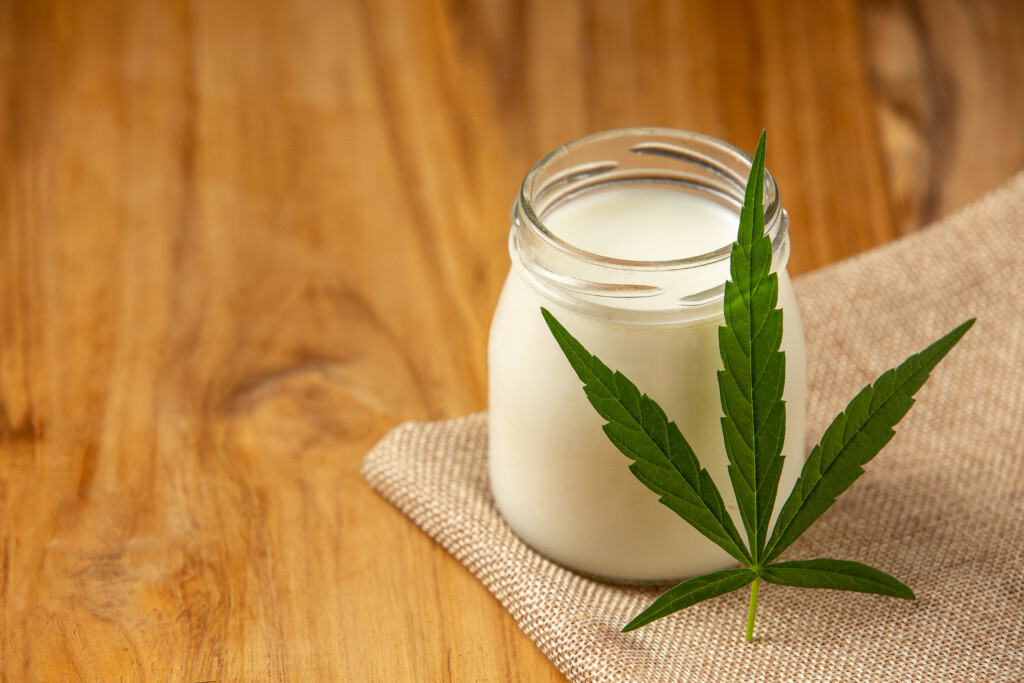
While rice milk is a hypoallergenic option, it’s not particularly eco-friendly. Rice paddies produce a significant amount of methane, contributing to its higher carbon footprint compared to other plant-based options. According to the Water Footprint Network, it takes approximately 1,074 gallons of water to produce just one gallon of rice milk. This makes it one of the most water-intensive milk alternatives on the market. Given the growing concerns over water scarcity, this is a crucial factor to consider when evaluating its sustainability.

Mostly produced in tropical regions, coconut milk has a unique issue: its long transport distances increase its carbon footprint. Additionally, the growing demand for coconuts has led to concerns about deforestation and habitat destruction. Likewise, coconut farming can be highly labor-intensive, often involving precarious working conditions in some regions, as pointed out by Fair Trade studies. In terms of water usage, coconut milk fares better than almond and rice milk, requiring around 650 gallons per gallon of milk according to the Water Footprint Network. However, the monoculture cultivation of coconut trees can lead to soil nutrient depletion, impacting long-term sustainability.
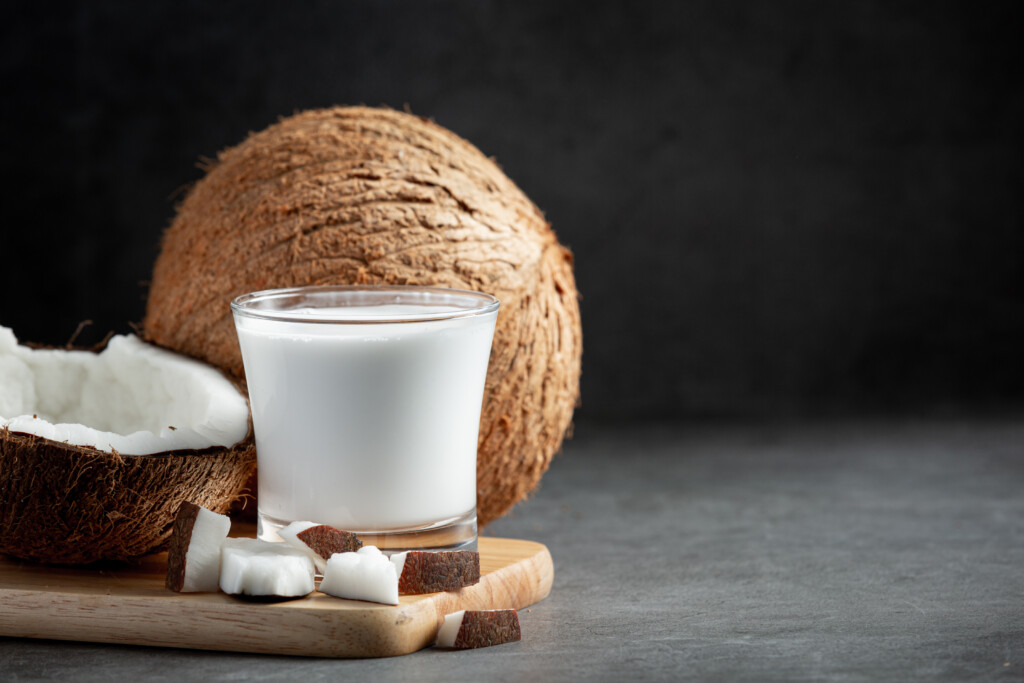
When evaluating sustainability, it’s crucial to consider factors like water use, land use, greenhouse gas emissions, and even socio-economic aspects. Oat and hemp milk stand out as relatively more sustainable options, though each has its pros and cons that will align differently with individual priorities.
As we near the end of our discussion, it’s essential to remember that our individual decisions make a collective impact. We hope to inspire you to critically evaluate your dietary choices and their environmental implications. While almond milk might be a healthier alternative for some, we cannot ignore the considerable footprint it leaves behind. The ultimate goal is to find a balance between our health and our planet’s health. This is not to say you should completely eliminate almond milk from your diet, but perhaps consider other environmentally-friendly plant-based milk like oat or soy. The key is to diversify your consumption and stay informed about your choices.
Change starts with us, and every small step we take towards a more sustainable lifestyle counts. Let’s strive to make choices that are good for us and even better for our planet. After all, we only have one Earth, and its health directly influences ours. So next time you reach for that carton of almond milk, remember the cost that our planet pays and ask yourself: Is there a better choice I can make?
While almond milk generally emits fewer greenhouse gases than cow’s milk, it requires significantly more water to produce. The environmental impact is mixed.
It takes about 920 gallons of water to produce a single gallon of almond milk, making it one of the more water-intensive milk alternatives.
Almond milk is lower in calories and saturated fats but also contains fewer proteins and essential nutrients than cow’s milk. It can be a healthy alternative but shouldn’t be relied upon as a sole source of vital nutrients.
Stay a while and read more posts like this
Let’s devote a few minutes to envision our world in 2100. It’s quite a thought experiment, given the dramatic transformations our planet has experienced in...
With climate change looming large, the world is embarking on a quest for solutions to heal our ailing planet. Solar geoengineering emerges as a burgeoning field,...
Taking on parenthood comes with unique choices that factor in more than just our family’s immediate needs. For modern parents, who are not just guardians of...